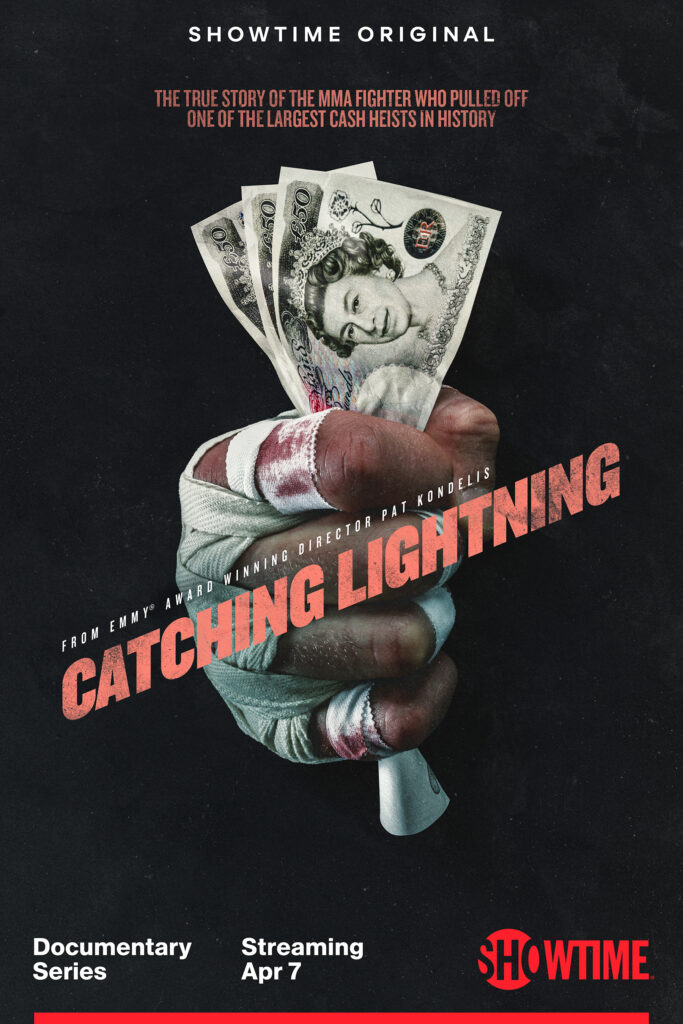How can you look at this photographed and not be transfixed?  Granted it is taken with a fish-eye lens, but still…. What kind of crazy no man’s land terrain is this – and how do I get there?
In case the title of this posting wasn’t enough of a clue, it’s Botswana:Â a world of endless horizons, four thousand year old inverted Baobob trees, and the boundless salt pans of the Makgadikgadi – a lunar landscape the size of Switzerland that’s curiously close to the Okavango Delta, the worlds largest inland water system, as well as wildlife-rich Chobe National Park.
I’ve heard of Botswana, of course. But it wasn’t until quite recently that I met a most interesting man – Ralph Bousfield – who’s on a mission to share the country he calls home with the rest of the world. Jack-booted with long tousled hair and the requisite iPhone, he’s one of those people I didn’t think existed outside of old Douglas Fairbanks films or Victorian novels: an adventurer. Together with partner Catherine Raphaely, he’s created Uncharted Africa Safari Co., capturing the renegade spirit of Ralph’s father, Jack Bousfield, the legendary, grand African adventurer with the dubious distinction of being listed in the Guinness World Book of Records for hunting 53,000 crocs.
 It was really Jack’s vision to start a safari camp in the Makgadikgadi using four wheel drive quad bikes at a spot he discovered while hunting in the 1960’s and continually revisited thereafter. After his death, Ralph built an authentic tented safari camp and together with partner Catherine, they built Jack’s Camp and San Camp, pioneering the integration of ecological sensitivity and cultural tourism in Botswana. The camps are unique because they are the only permanent camps in the area allowing you the full dessert experience, focusing on the unique species of the area as well as the geology, archaelology, and anthorpology of the Kalahari. This area is also the only place in Southern Africa where one is still able to see – unobstructed, due to the nature of the exposed grasslands – a migration of tens of thousands of wildebeest and zebra followed by their predators.
It was really Jack’s vision to start a safari camp in the Makgadikgadi using four wheel drive quad bikes at a spot he discovered while hunting in the 1960’s and continually revisited thereafter. After his death, Ralph built an authentic tented safari camp and together with partner Catherine, they built Jack’s Camp and San Camp, pioneering the integration of ecological sensitivity and cultural tourism in Botswana. The camps are unique because they are the only permanent camps in the area allowing you the full dessert experience, focusing on the unique species of the area as well as the geology, archaelology, and anthorpology of the Kalahari. This area is also the only place in Southern Africa where one is still able to see – unobstructed, due to the nature of the exposed grasslands – a migration of tens of thousands of wildebeest and zebra followed by their predators.
Sign me up!











